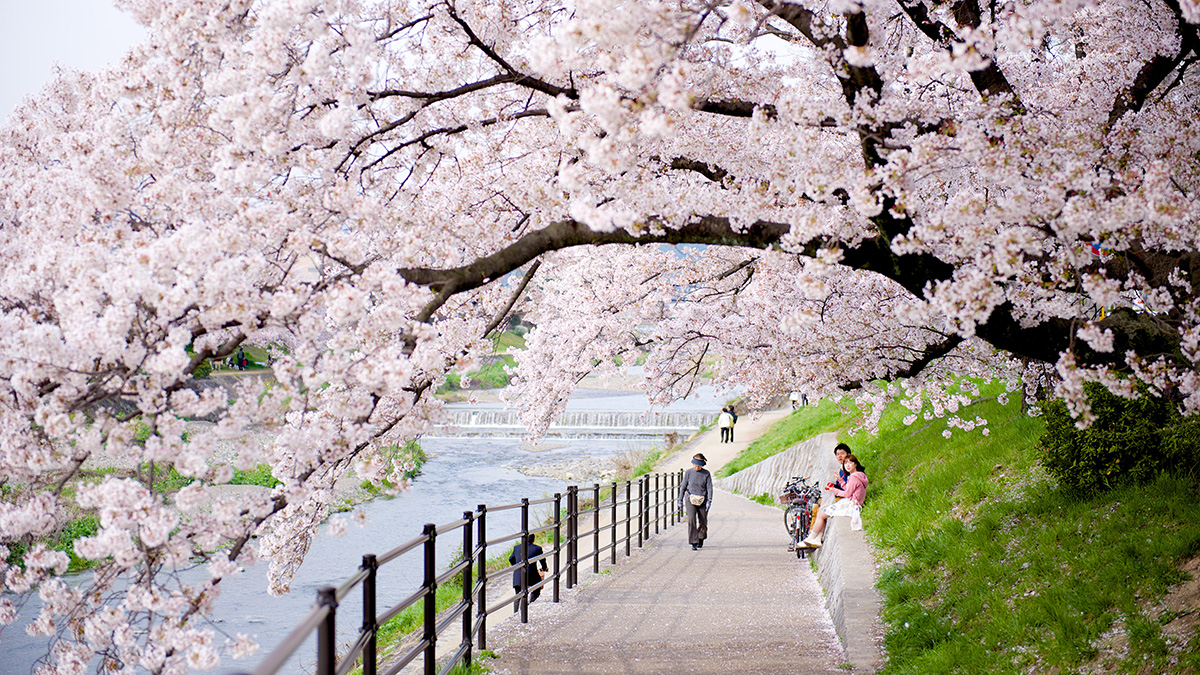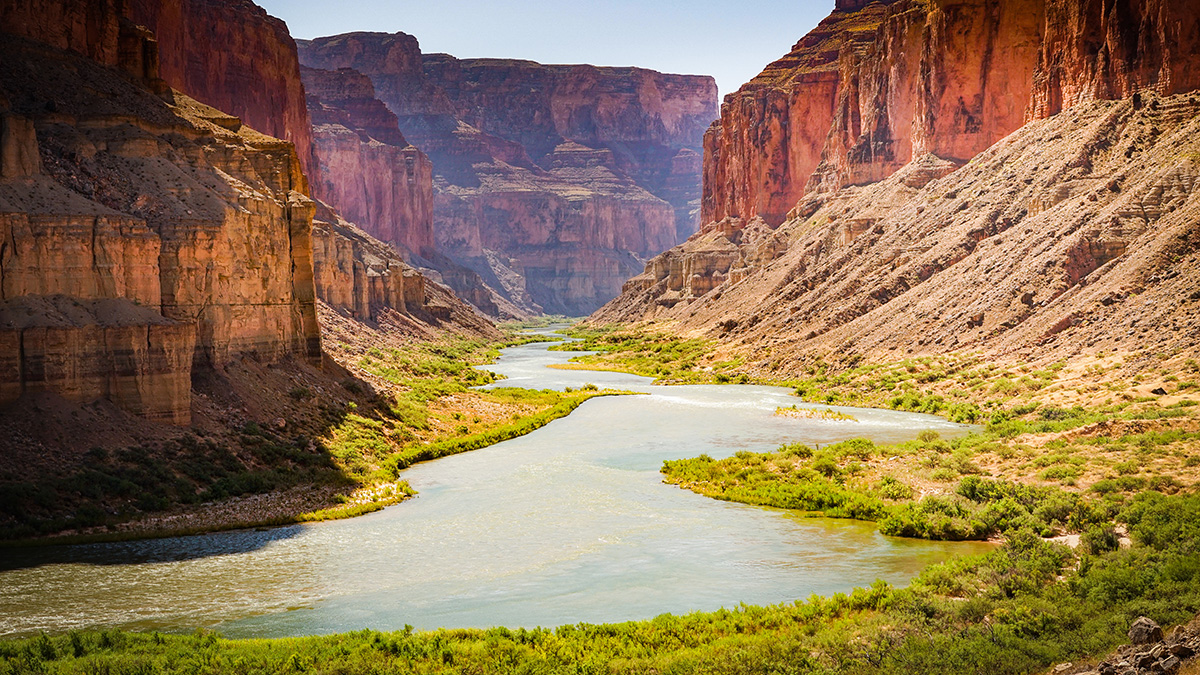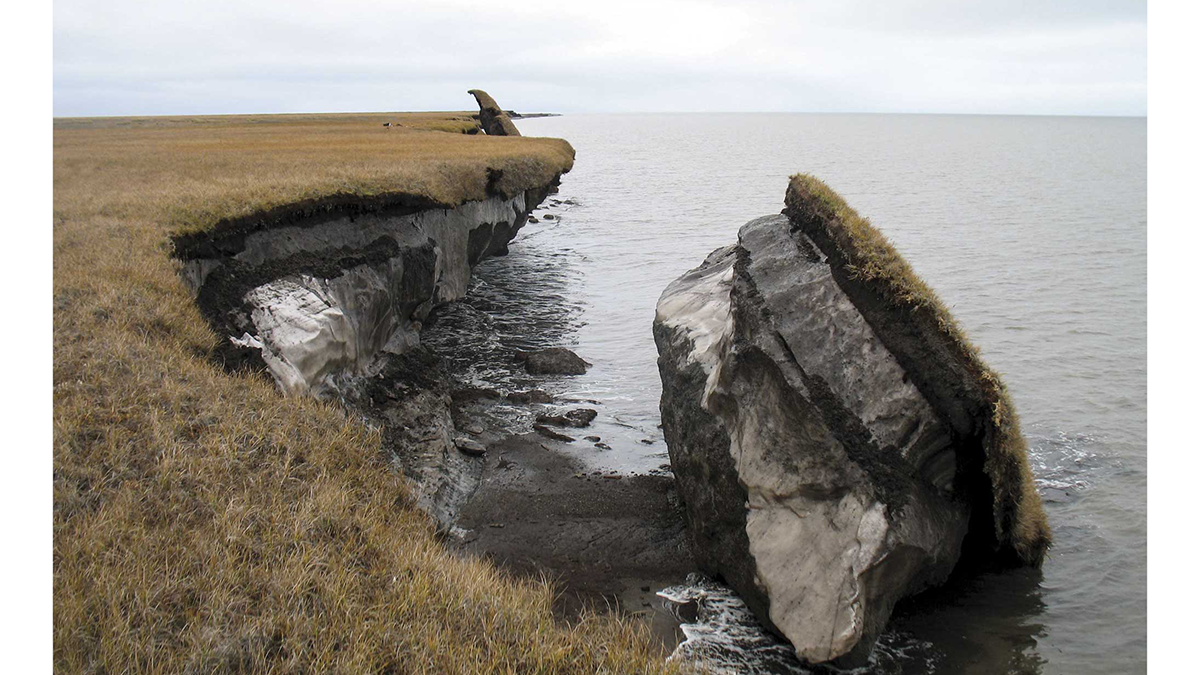A new model deploys a neural network to spot beavers’ engineering exploits in aerial and satellite imagery, an approach that should aid studies of ecosystem and landscape change.
ecosystems
Tracking Marine Heat Waves
Heat waves can happen in the depths, invisible at the ocean surface.
Taking the Pulse of Global Change with World Heritage Data Sets
Applying World Heritage status to highly valuable environmental records would spotlight the vital insights they provide into how Earth is changing and would ensure their longevity and accessibility.
Solar Panels Nurse Desert Soil Back to Life
Cultivating delicate soil crust in the shade of solar panels might boost the recovery of arid land.
Harpy Eagles Concentrate Precious Nutrients in the Amazon
Amazon soils are usually low in the nutrients that plants covet, but harpy eagles can create local hot spots with their poop and prey.
Ten Rivers Facing Pollution, Development, and Climate Change—And Policies That Can Help
An annual report highlights 10 waterways that have arrived at forks: where public support could determine whether they receive protection.
What We Know and Don’t Know About Climate Tipping Elements
As climate change continues, parts of the Earth system such as ice sheets, frozen soils, or the Amazon rainforest could shift—some quickly, some slowly—after crossing key thresholds or tipping points.
Gardens Are Good for the Neighborhood
A new study highlights the benefits of urban gardens for their human caretakers and local ecosystems.
Gulf Stream Closes the Valve of the Labrador Current
Virtual particles released in the Labrador Current revealed that the westward penetration of the current into the shelf seas is inhibited by warm core rings emanating from the Gulf Stream.
U.S. Public Water Supply Is a Local Source of Phosphorus Pollution
Excess phosphorus may reach U.S. rivers, lakes, and groundwater through water main leaks and outdoor water use.










